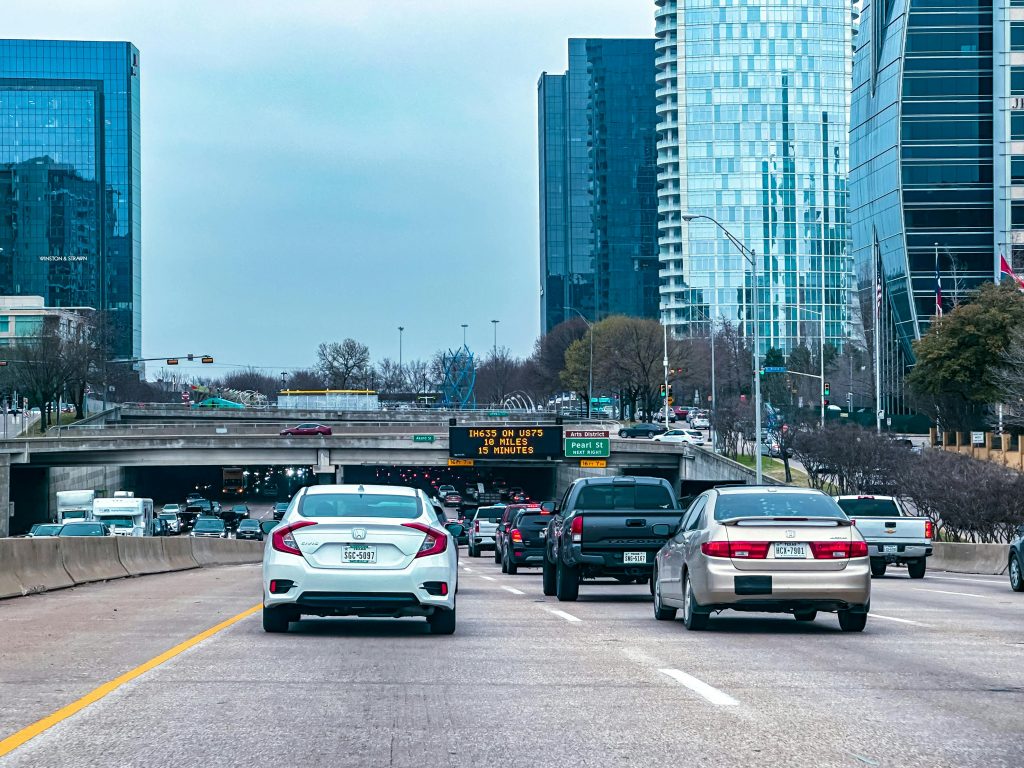

The O-3 Visa is a non-immigrant visa for the dependents of O-1 and O-2 Visa holders. This visa allows family members of O1 and O2 visa holders to come to the United States.
Although the O-3 visa offers numerous benefits, it also has some limitations. Most notably, you can’t work in the U.S. on an O-3 visa. The duration of your visa also depends directly on the duration of the principal visa holder to whom you are related.
It is highly recommended that you consult a reputable immigration law firm when filing for an O-3 visa.


Benefits of the O-3 Visa
The O-3 Visa offers the following benefits for the eligible family members of O-1 and O-2 Visa holders:
– Residence: Eligible spouses and dependent children (under 21) can come to the U.S. and live for the same duration as the principal visa holder. The duration of the stay is usually up to three years, with the option of extension.
– Education: O-3 Visa holders can enroll in full-time or part-time academic programs during their stay in the U.S.
– Travel: You can travel in and out of the U.S. on an O-3 visa without the need for visa renewal.
Who is Eligible for an O3 Visa?
You must meet the following eligibility criteria to qualify for an O-3 visa:
Immediate Family Relationship: You must be the spouse or an unmarried child (under 21) of an O-1 or O-2 Visa holder.
Proof of Relationship: You must provide valid documentation to prove your relationship with the O1 or O2 visa holder. Documents like a marriage certificate or birth certificate are valid proofs.
No Criminal Record: You must not have any criminal history.
Depending on your country of residence, your local embassy or consulate may also ask you to fulfill other requirements. This is why it’s always a good idea to consult a reputable immigration law firm as you prepare to file your visa application.
How to Apply for an O-3 Visa?
The actual visa application process for an O-3 visa depends on whether you are already in the U.S. or applying for the visa from outside the U.S.
If you are already in the U.S. on a non-immigrant visa, your O3 visa application must be filed at the same time your related applicant files for their O-1 or O-2 visa. An employer acts as the sponsor for the O-1 or O-2 visa. The same employer will sponsor your O-3 visa application as well.
You must file Form I-539 as a part of your O-3 visa application. This involves paying a filing fee which is typically borne by the sponsor.
If you are applying for the O-3 visa from outside the U.S., you have two options. You can file for the O-3 visa at the same time your related O-1 visa applicant files for the visa. Or, you can apply for the O-3 visa once the principal applicant’s O-1 visa is already approved.
In this case, you must submit Form DS-160. You must also pay a filing fee after which the visa processing begins. Your local U.S. embassy or consulate will typically invite you for a visa interview as a part of the visa application process. You must bring the relevant documents to the visa interview.
Documents Required for O-3 Visa
You must bring the following documents to your O-3 visa interview:
What is the Validity of O-3 Visa?
The validity of an O-3 visa depends directly on the validity of the principal visa holder. This refers to the O-1 or O-2 visa holder with whom you filed for the O-3 visa. Your O-3 visa expires when your principal visa holder’s validity comes to an end.
As noted above, you can’t work in the U.S. on an O-3 visa. However, it is possible to seek a change to your visa status and become legally eligible to work in the U.S. If you have a job offer and an employer willing to sponsor you, for instance, you can seek a change to H-1B visa status.
This visa status allows you to legally work in the U.S. It also frees you from being tied to the visa duration of your O-1 or O-2 visa holder.
Visa Extension
If the O-1 or O-2 visa holder who acts as your principal visa holder seeks and gets an extension, your O-3 visa is also extended for the same duration. However, you must separately apply for your visa duration to be extended.
Visa extensions for the O category are offered in one-year increments. You must file Form I-539 every time you get an extension.
Applying for a Green Card on an O-3 Visa
An O-3 visa doesn’t directly lead to a green card. However, an O-1 visa holder can apply for a green card. This is possible by applying in employment-based green card categories such as EB1, EB2, EB3, or EB4.
O-2 visa holders can’t directly apply for a green card as this visa category has its limitations. To be eligible for a green card, O-2 visa holders must first switch to another non-immigrant visa category such as an H-1B visa that permits green card visa application.
If your principal visa holder applies for a green card and their application is approved, you can also apply for permanent residence. If you meet other requirements, you are very likely to get a green card as well.
Visa Application Fees and Processing Time
The visa application process for an O-3 visa involves different types of fees.
If you apply from within the U.S., you must pay the $470 filing fee when submitting your Form I-539. If the application is filed from outside the U.S., you must file Form DS-160 for which the filing fee is $185.
You may also be required to pay a reciprocity fee or visa issuance fee in addition to the above fees. This usually depends on where you are applying from.
Other costs may also be involved. For instance, your local embassy or consulate may ask you to provide additional documents that require you to pay additional fees. If your documents are not in English, you may be required to have them translated by an authorized agency, incurring additional fees.
Why Choose Our Immigration Attorneys?
Our experienced immigration attorneys help and guide you before, during, and after the O-3 visa application process. With the right guidance, you can avoid any mistakes that might jeopardize or delay your visa processing.